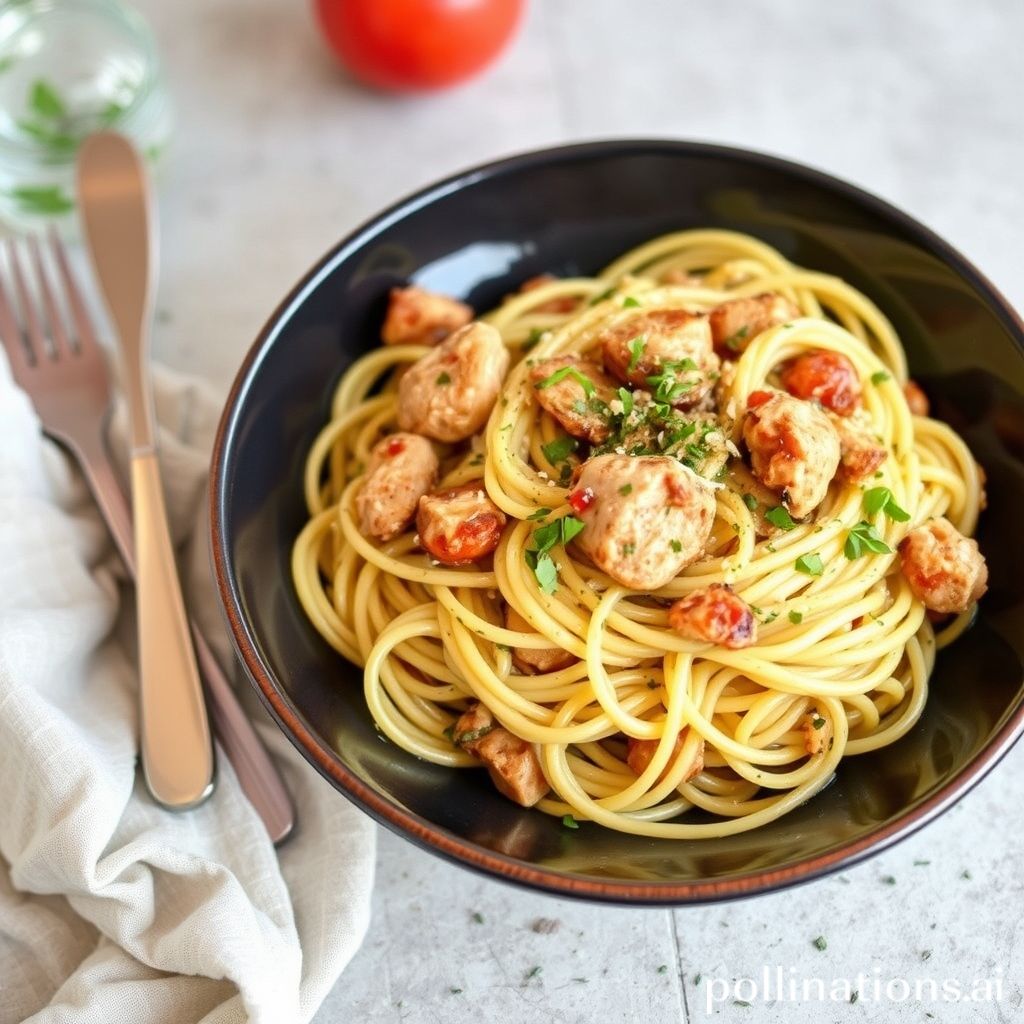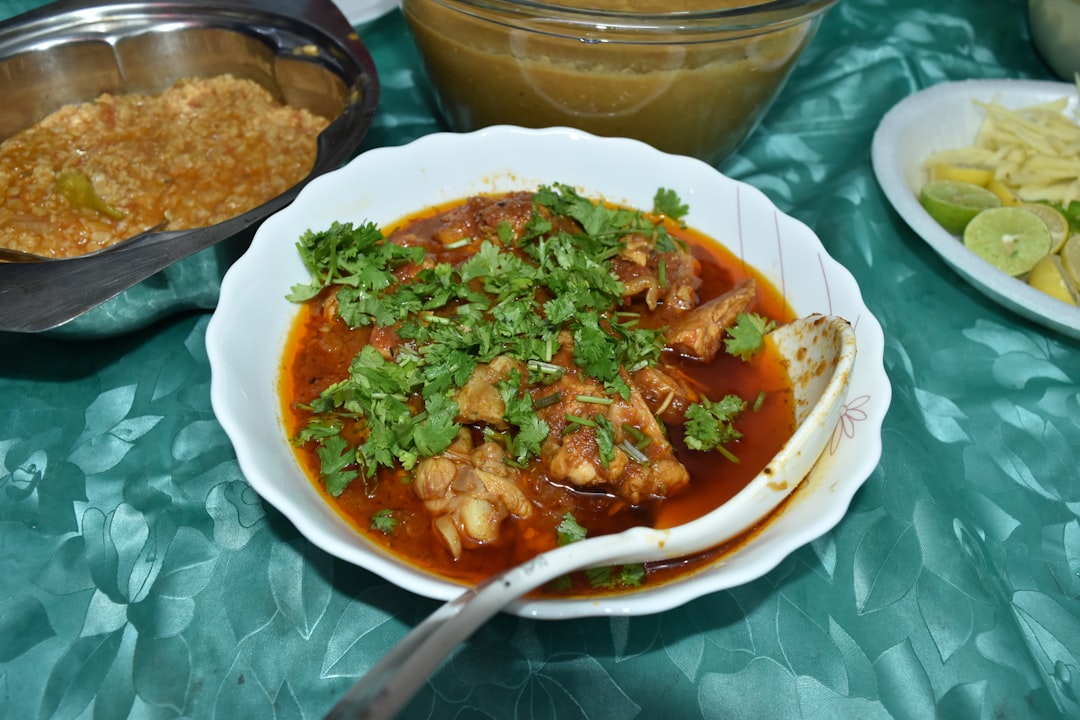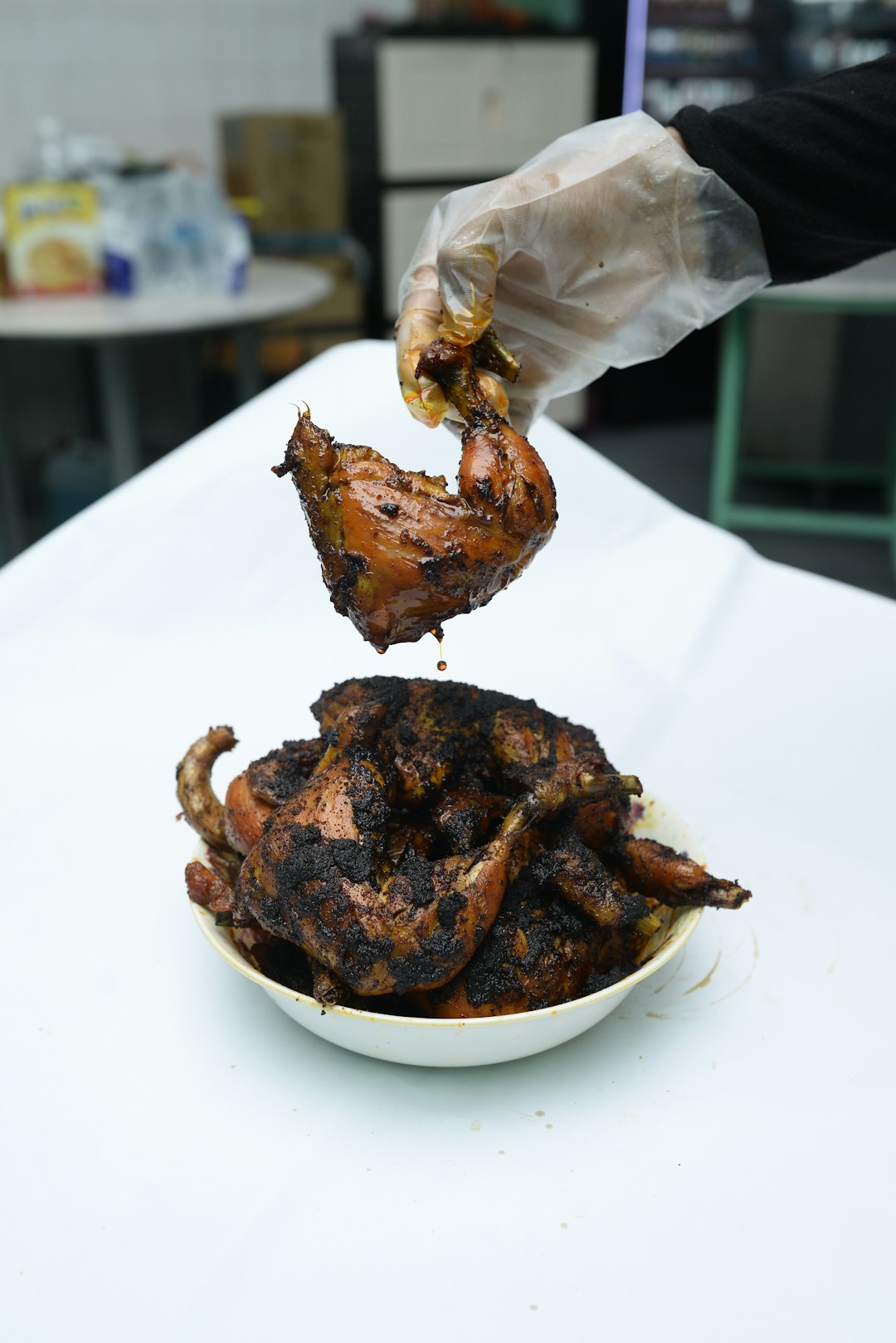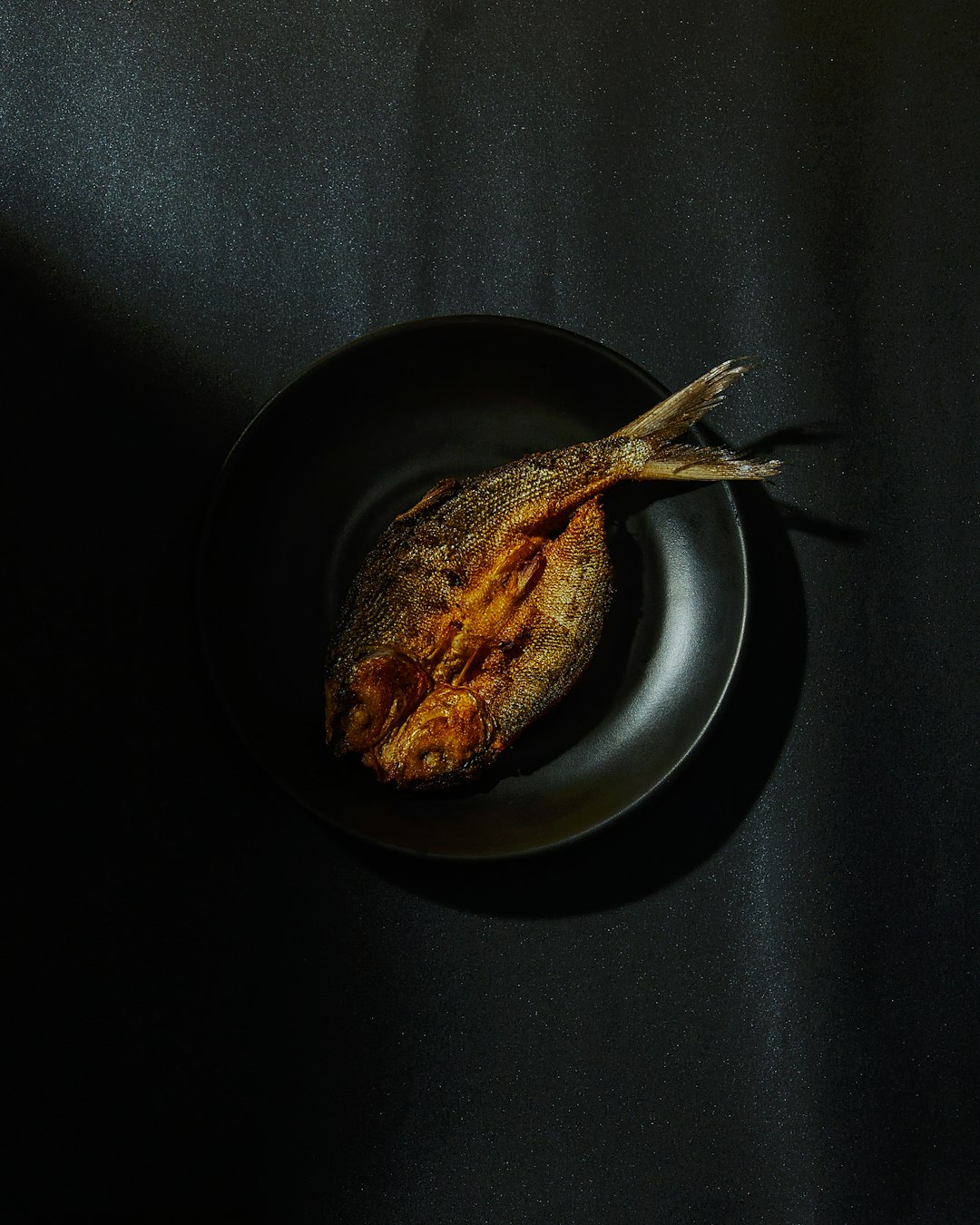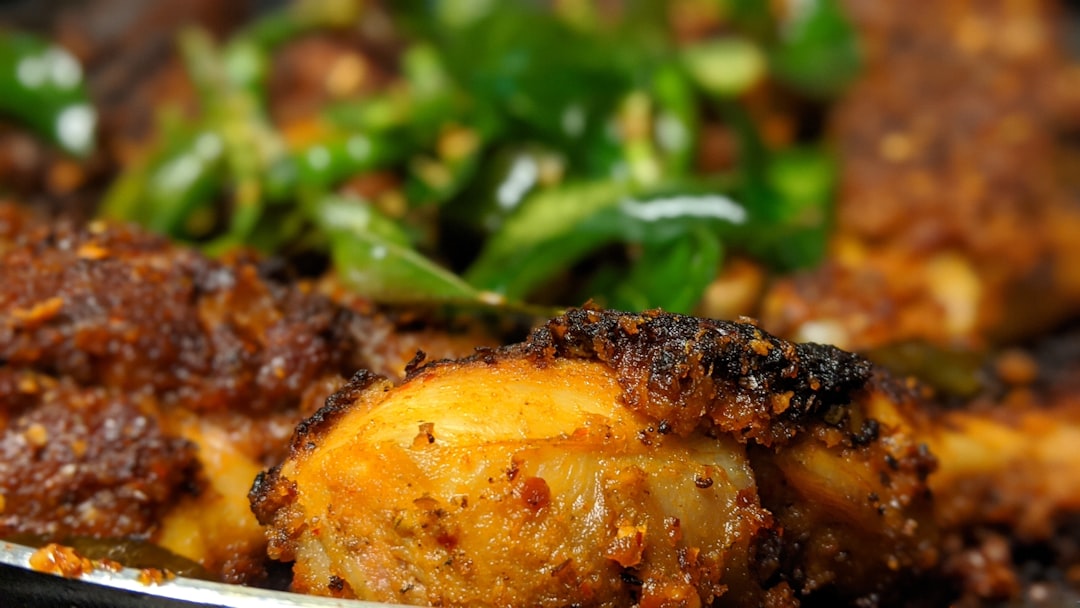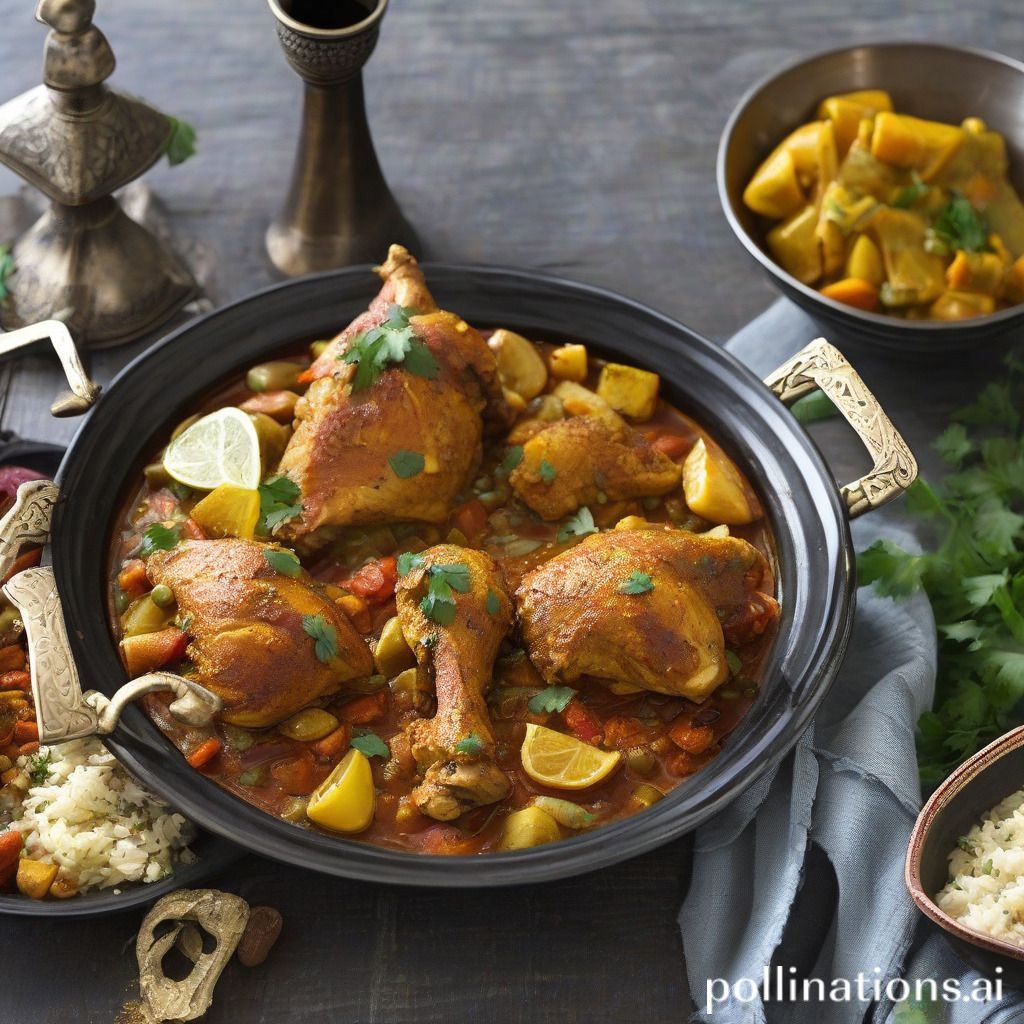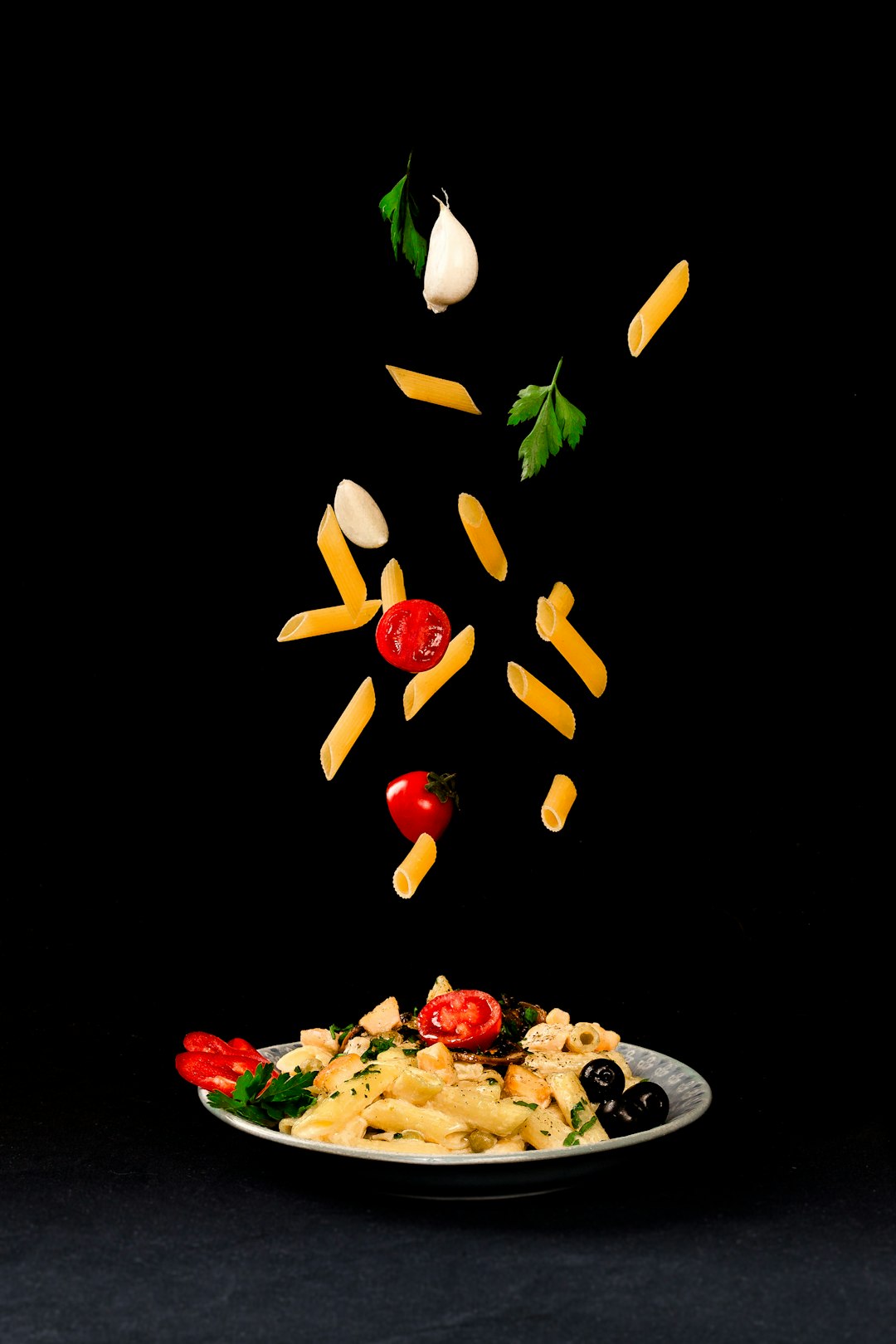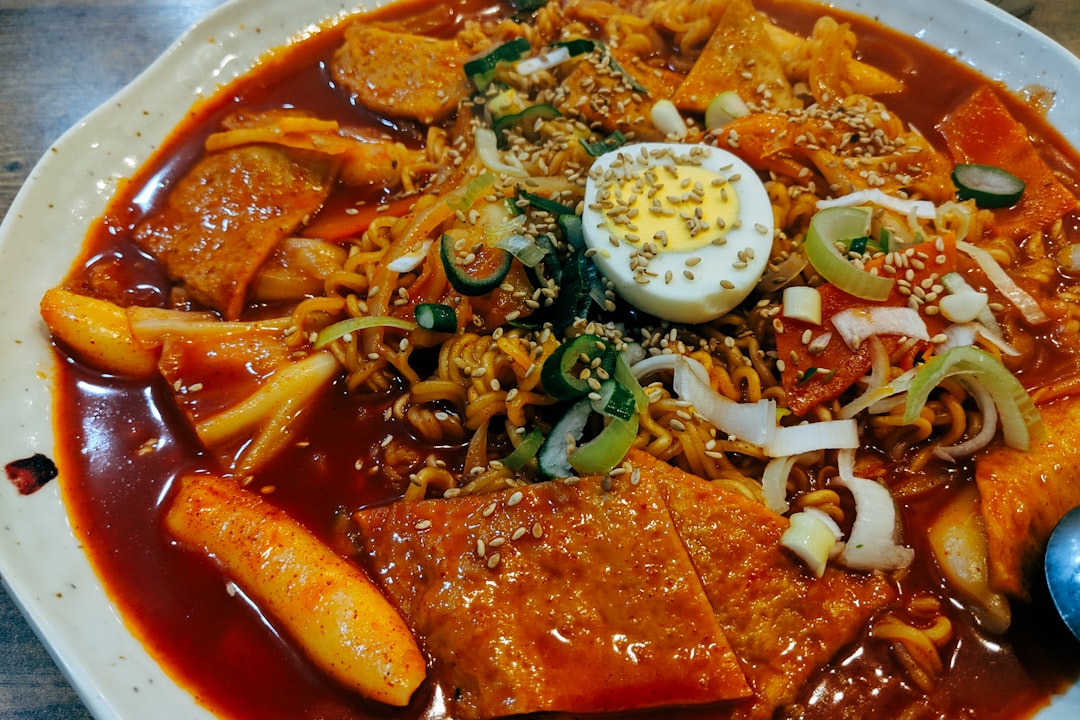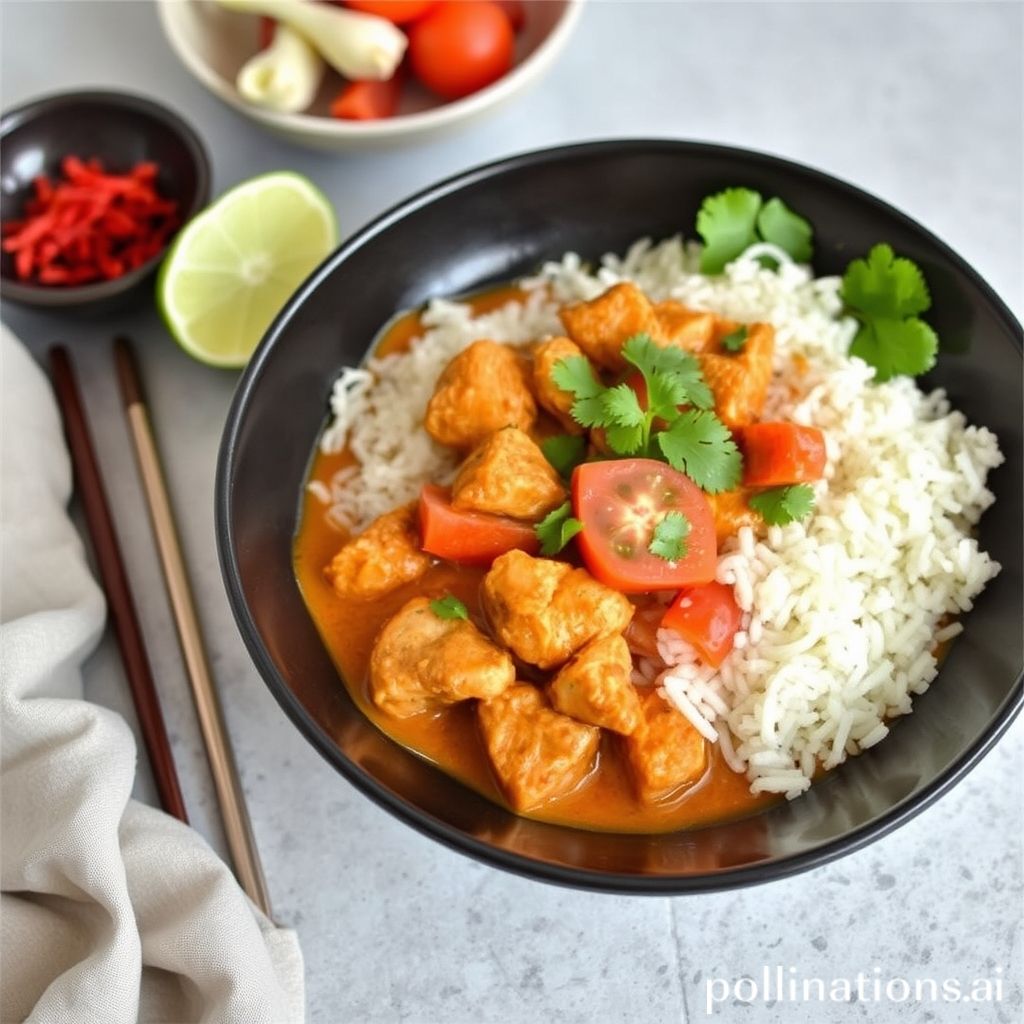Table of Contents
- Introduction
- Ingredients used in Tuscan Chicken Pasta
- Step-by-step preparation of Tuscan Chicken Pasta
- Nutritional benefits of Tuscan Chicken Pasta
- Pairing suggestions for Tuscan Chicken Pasta
- Tips for customizing Tuscan Chicken Pasta
- Popular variations of Tuscan Chicken Pasta
- Serving suggestions and presentation
- Troubleshooting common issues in making Tuscan Chicken Pasta
- Conclusion
- Frequently Asked Questions
Introduction
Indulgent Dining: How to Master the Perfect Tuscan Chicken Pasta at Home
There’s something undeniably enchanting about authentic Italian cuisine. Embark on a culinary journey with us as we unveil the secret to crafting the ultimate Tuscan Chicken Pasta right in your own kitchen. Imagine tender pieces of chicken enveloped in a rich, creamy sauce, delicately balanced with sun-dried tomatoes, garlic, and fresh basil, all mingling with perfectly cooked pasta. Ready to replicate this savory delight at home?
We’re about to reveal the essential ingredients you’ll need to embark on this delightful culinary escapade. Prepare to gather the following: 500g of boneless, skinless chicken breasts, sliced thin; 300g of pasta of your choice; 2 tablespoons of olive oil; 1 cup of heavy cream; 1 cup of chicken broth; 1/2 cup of grated Parmesan cheese; 1/2 cup of sun-dried tomatoes, chopped; 3 cloves of garlic, minced; and a handful of fresh basil leaves, torn. With these ingredients at your fingertips, you’re well on your way to creating a dish that epitomizes indulgence and sophistication.
Ingredients used in Tuscan Chicken Pasta
Tuscan Chicken Pasta is a flavorful dish that combines the richness of cream with vibrant Italian herbs and ingredients, making it a favorite among pasta lovers. To start, the key ingredient is, of course, chicken breast. It is typically seasoned with salt, pepper, and Italian herbs like oregano and thyme to infuse it with bold flavors. The pasta of choice can vary, but penne, fettuccine, or linguine are commonly used for their ability to hold onto sauces beautifully.
The sauce is a critical component, usually made from heavy cream to provide that creamy texture and rich flavor. Sun-dried tomatoes add a sweet-tart contrast while fresh spinach contributes a burst of color and earthy taste. Garlic is often sautéed to enhance the aromatic profile of the dish. Parmesan cheese is also a staple ingredient, melting into the sauce to create a luscious and cheesy consistency.
Olive oil is typically used to cook the chicken and vegetables, giving that classic Mediterranean essence. Additional seasonings may include red pepper flakes for a subtle heat and basil for a fresh, herbaceous note. These ingredients come together to create a comforting and delightful dish reminiscent of Tuscany’s culinary heritage.
Step-by-step preparation of Tuscan Chicken Pasta
To prepare Tuscan Chicken Pasta, begin by gathering your ingredients: boneless chicken breasts, pasta of your choice, sun-dried tomatoes, spinach, garlic, heavy cream, chicken broth, and Parmesan cheese. Start by seasoning the chicken with salt and pepper. In a large skillet over medium heat, add olive oil and cook the chicken until golden brown and cooked through. Remove the chicken from the skillet and set aside.
In the same skillet, add minced garlic and sun-dried tomatoes, sautéing until fragrant. Stir in the chicken broth and bring to a gentle simmer. Add the heavy cream, bringing it back to a simmer while stirring. Season the sauce with salt and pepper to taste. Meanwhile, cook your pasta according to the package instructions.
Return the cooked chicken to the skillet and add fresh spinach, stirring until wilted. Incorporate the cooked pasta and toss together until well combined. Finish by adding grated Parmesan cheese, stirring until melted and creamy. Serve immediately, garnished with additional Parmesan cheese and fresh basil if desired. This Tuscan Chicken Pasta combines hearty flavors and creamy textures, making it a delicious and satisfying meal for any occasion.
Nutritional benefits of Tuscan Chicken Pasta
Tuscan Chicken Pasta is not just a delightful blend of Italian flavors, it also offers a variety of nutritional benefits. At its core, the dish contains chicken, which is an excellent source of lean protein. Protein is essential for building and repairing tissues, making it crucial for maintaining muscle mass and supporting overall bodily functions. The pasta, often made from whole grains, provides complex carbohydrates, offering a steady source of energy.
Additionally, the creamy sauce in Tuscan Chicken Pasta often includes spinach, tomatoes, and garlic. Spinach is an excellent source of vitamin K, vitamin A, and folate, which contribute to bone health and immune function. Tomatoes add a dose of vitamin C and antioxidants, which are important for preventing cellular damage. Garlic, on the other hand, is known for its potential immune-boosting properties.
The dish may also include cheese such as Parmesan, contributing calcium and additional protein. When prepared with olive oil, the pasta benefits from healthy monounsaturated fats, which support heart health. While indulgent, Tuscan Chicken Pasta can be part of a balanced diet, offering vital nutrients when enjoyed in moderation.
Pairing suggestions for Tuscan Chicken Pasta
Tuscan Chicken Pasta is a hearty dish that boasts rich flavors from creamy sauce, succulent chicken, and sun-dried tomatoes. Selecting the right dishes and beverages to pair with it can elevate your dining experience. To complement the creamy texture and savory elements, consider serving a refreshing side salad. A mixed green salad with a light vinaigrette can add a crisp contrast and not overshadow the main dish’s flavors. Additionally, a warm, crusty garlic bread or a slice of focaccia can soak up the creamy sauce and enhance each bite.
For wine enthusiasts, a glass of Chardonnay can harmonize beautifully with Tuscan Chicken Pasta. Look for a lightly oaked Chardonnay with notes of citrus and vanilla, balancing the dish’s richness. On the red side, a light-bodied Chianti with its bright acidity and cherry notes can also be an excellent match, adding depth without overpowering the pasta.
If you prefer non-alcoholic options, a sparkling water with a twist of lemon can cleanse the palate between bites and refresh the senses. Pairing thoughtfully with Tuscan Chicken Pasta ensures a well-rounded meal that delights the taste buds.
Tips for customizing Tuscan Chicken Pasta
Customizing Tuscan Chicken Pasta allows you to tailor the dish to your preferences and dietary needs. Start by considering the type of pasta. While traditional recipes might use fettuccine or penne, feel free to substitute with whole grain, gluten-free, or even zucchini noodles for a lighter, low-carb option.
Incorporating additional vegetables can enhance both the nutritional value and flavor profile of the dish. Consider adding spinach, sun-dried tomatoes, mushrooms, or zucchini. These ingredients can boost the dish with extra vitamins and minerals while complementing the rich, creamy sauce.
If you’re looking to adjust the protein content, try using boneless skinless chicken thighs instead of breast for a juicier texture, or substitute with shrimp for a seafood twist. Vegetarians might enjoy replacing the chicken with chickpeas or a meat alternative.
Consider your sauce options as well. You can lighten the dish by using a broth-based sauce or enrich it with extra cream and cheese for indulgence. Finally, garnishing plays a crucial role; a sprinkle of fresh basil or parsley adds a pop of color and freshness, while additional Parmesan cheese can deepen the savory flavors.
Popular variations of Tuscan Chicken Pasta
Tuscan Chicken Pasta is a beloved dish that beautifully marries the flavors of creamy pasta with the rich taste of sun-dried tomatoes, spinach, and savory chicken. Over time, various popular variations of this delightful dish have emerged, each adding its own unique twist. One common variation includes the addition of mushrooms, which bring an earthy depth to the dish.
Another popular adaptation is the use of grilled chicken instead of the traditional pan-seared method, giving the meal a slightly smoky and charred flavor. For those who prefer a bit of spice, adding red pepper flakes or sliced jalapeños can heat things up.
For health-conscious versions, some cooks opt for whole wheat pasta or zucchini noodles, offering a lower-carb alternative without sacrificing taste. Incorporating different types of cheese, such as Asiago or Pecorino Romano, instead of the classic Parmesan, can also enhance the flavor profile.
Vegetarians can savor Tuscan Chicken Pasta by substituting the chicken with hearty alternatives like tofu or chickpeas, allowing them to enjoy the creamy, savory sauce and fresh ingredients without the meat. These variations show that with a bit of creativity, Tuscan Chicken Pasta can be tailored to satisfy a wide range of tastes and dietary preferences.
Serving suggestions and presentation
Serving Tuscan Chicken Pasta is an opportunity to indulge in the rich flavors and vibrant colors of the Italian countryside right in your kitchen. To elevate the dining experience, serve this dish in a wide, shallow bowl, allowing the creamy sauce to coat the pasta uniformly. Top it with freshly grated Parmesan cheese for an added layer of richness. A sprinkle of chopped fresh basil or parsley can introduce a refreshing hint of color and aroma, contrasting beautifully with the creamy sauce.
Consider accompanying this delightful pasta with a side of warm, crusty bread, perfect for savoring every last drop of the luscious sauce. Adding a simple green salad, dressed lightly with balsamic vinaigrette, not only complements the hearty dish but also offers a refreshing balance.
When it comes to presentation, remember that a touch of rustic charm is part of its appeal. Serve on a wooden table with earthy-toned tableware to capture the essence of the Tuscan countryside. If you’re hosting, a robust Italian red wine can pair splendidly with the rich chicken and sun-dried tomato flavors, making the meal well-rounded and memorable.
Troubleshooting common issues in making Tuscan Chicken Pasta
When making Tuscan Chicken Pasta, a few common issues can arise, but they are often easy to troubleshoot. One frequent problem is a sauce that’s too thick or too thin. If the sauce becomes too thick, simply add a bit more chicken broth or cream to reach the desired consistency. On the other hand, if the sauce is too thin, let it simmer longer with the lid off to reduce it while stirring occasionally.
Another issue can be chicken that turns out dry or rubbery. To avoid this, ensure that the chicken breasts are not overcooked. Cook them until they are just done and still juicy, then set aside to rest before slicing. You can also try marinating the chicken in olive oil, lemon juice, and seasonings to add more flavor and moisture.
Lastly, the flavors might not meld well if ingredients like garlic aren’t cooked properly, which can leave a raw taste. Sauté the garlic over medium heat until it is fragrant but not browned, often about 1-2 minutes. Remember, balancing the seasoning with adequate salt and pepper ensures the dish is flavorful. Keeping these tips in mind can help you perfect your Tuscan Chicken Pasta every time.
Conclusion
Mastering the art of Tuscan Chicken Pasta at home provides a delightful opportunity to indulge in the rich, comforting flavors of Tuscany with family and friends. With a carefully curated selection of ingredients and handy preparation tips, you can create a dish that not only delights the palate but also celebrates the essence of Italian cuisine. Whether you’re offering a traditional version, experimenting with popular variations, or customizing it to fit dietary preferences, the versatility of Tuscan Chicken Pasta ensures it can become a beloved staple in your culinary repertoire. To further elevate your cooking journey and explore an expansive universe of chicken recipes, don’t miss out on The Chicken Bible: Say Goodbye to Boring Chicken with 500 Recipes for Easy Dinners, Braises, Wings, Stir-Fries, and So Much More. This comprehensive guide promises to spark creativity in your kitchen, turning every meal into a flavorful adventure. Pick up your copy today and revolutionize the way you cook chicken at home!

